A host of useful features and a one-click interface with Netflix US access put this high on the list of choices for the home user, despite the Hong Kong HQ.
Our Verdict
- A fast, reliable VPN for home streamers, file sharers and those wishing to use VoIP. It has quite a few advanced features, but most people won't need them.
Price When Reviewed
- From $3.33 per month
Billed as the fastest VPN service ever, as well as best and safest for Windows, PureVPN promises to be a good option for anyone who wants to use a VPN to stream region-locked video, or wants online anonymity and security without sacrificing speed.
Plenty of VPN services make similar claims, though, so it's important to drill down into the finer details when deciding where to spend your money.
Pricing
If you opt for a one-month subscription you'll pay $10.95 (£8.57) per month for 5 simultaneous users. However, sign up for a full year and that price goes right down to $3.33 per month (£2.57).
You can also sign up for a free 7-day trial now, with no payment details required. And if you subscribe and then change your mind, PureVPN operates a generous 31-day refund policy and aims to process refunds for valid requests within 24 hours.
There are various ways to pay including anonymous gift cards:
Features
Being based in Hong Kong, PureVPN is outside the '14 eyes' group of countries that share user browsing data (find out more about that in our main Best VPN guide). Along with its updated privacy policy and full GDPR compliance, PureVPN doesn't store any logs whatsoever, not your original IP address, nor the times you connected to the service.
That's a good start, and you have a choice of connecting to more than 2000 servers on PureVPN's network in 141 countries. The company says the network is owned-and-operated rather than cloud-based, which is another good reason to choose it over companies which rent servers from other providers.
There are some extra features that you don't find with every VPN provider, too. One is a kill switch which 'kills' the internet connection should the VPN tunnel collapse unexpectedly. This keeps your activity private, rather than it becoming visible to your ISP or anyone else attempting to track you.
It's not enabled by default, so you'll have to toggle the option in the app preferences to get this extra protection.
There are one or two other cool features. For starters, there's an option to launch your default browser once a VPN connection is established, and PureVPN offers extensions for Chrome and Firefox should you want just the traffic from that browser to be routed via the VPN.
Another feature is split tunnelling, but you'd be forgiven if you couldn't find it. It's currently in beta and won't be displayed until you run the Windows app in administrator mode and toggle Beta features on.
Only then you can enable split tunnelling which lets you set which apps use the VPN and leave all others to use your normal, uncloaked connection. We'd like PureVPN to improve the interface here and provide some kind of tutorial in the app itself when you first use the feature rather than a separate webpage. Currently, it's confusing as you have to enable the VPN connection first before you can use split tunnelling, so you'd assume all apps are using the VPN connection. Hopefully it will be out of beta soon.
Split tunnelling is useful if you live somewhere in which ISPs are monitored for VPN use, as your VPN-tunnelled traffic can hide amongst the unencrypted stuff using the special 'Stealth Protocol'. As with a similar facility in IPVanish, the idea is to disguise VPN packets as HTTPS traffic.
Last but not least, PureVPN offers dedicated IP addresses and port forwarding as add-ons to a subscription. Most people won't need these features, but for business use or if you need to use a VPN with an obscure app or device that ordinarily wouldn't support a VPN, it could come in handy.
Apps
There are apps for Windows, macOS, Linux, Android and iOS, plus browser extensions for Chrome and Firefox. An add-on for Opera is coming soon.
You can follow setup guides for using PureVPN with Kodi, the Amazon Fire TV Stick (for which there is a dedicated app) and even installing it on your router. There's currently no direct support for Apple TVs, but this is 'coming soon'.
The main interface features several broad modes of use, similar to CyberGhost VPN. This changes a few underlying settings such as the protocol used and you can easily see what privacy level and speed you can expect from each mode.
Stream is obviously for streaming geoblocked video, and file sharing enables anonymous torrenting. Security / Privacy mode prevents ISPs using deep packet inspection of traffic for clues about your activities.
Internet Freedom mode is designed to allow you to access information, make VoIP calls and generally do anything you like even if you live in a country which filters or locks down certain parts of the internet.
If you select Stream, you can select a country or pick from a long list of channels (including Netflix), or you can enter a search term. The Android version also lists Netflix US as an unblockable service.
The interface isn't resizable on the Windows or Mac version, but since we last looked at PureVPN the server list has been redesigned so this isn't a problem. You can either choose by country or city, and the lists are ordered by ping time so you can see the fastest connections first. However, a search box allows you to quickly find a country or city which means you can pick Los Angeles if you want a west coast US server or New York on the east coast.
You might have read negative reviews of PureVPN from a year or so ago, but most of the issues which led to these have been sorted. For example, in our testing we found that speeds were excellent and we couldn't notice the difference compared to not having the VPN enabled.
Testing VPN speed is very difficult as it varies based on time of day and even day of the week. It will also change depending upon the server you choose and the route used to get to that server. It's likely that the potential speeds are higher than your own broadband connection, and we've seen speed of over 100Mb/s on some servers.
It even lets you see a graph of the current download and upload speeds.
We also tested for IP leaks (where your real IP address is revealed) and DNS leaks, but found none. This means your identity, location and the sites you're visiting are secure and can't be identified.
Finally we tested customer service using the live chat feature on PureVPN's website. There's now 24/7/365 live support and although we can offer only anecdotal evidence that it matches up to the company's claims, we were chatting to a support representative within about 30 seconds and they were able to answer our queries and point us to the relevant support page.
The only issue that we couldn't resolve was installing and using PureVPN on an Android-based projector. While it was easy to install the Android app, unlike ExpressVPN's app which ran in landscape mode, PureVPN's is designed exclusively for touchscreen phones and ran sideways in portrait mode. Therefore it was impossible to use the projector's remote control to navigate and enter a username or password.
View the original article here















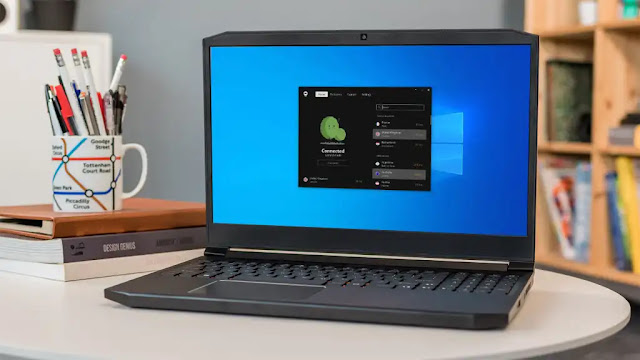
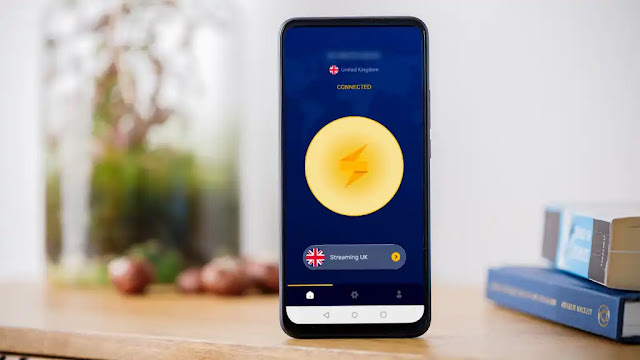
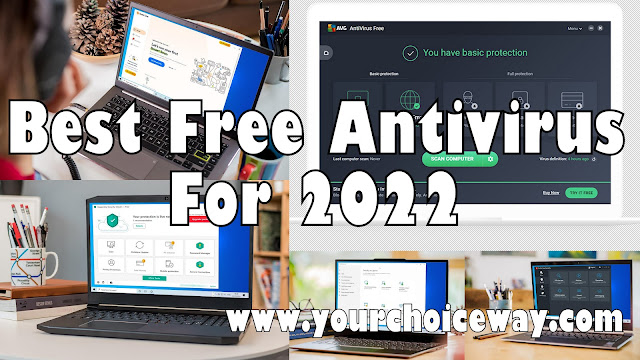
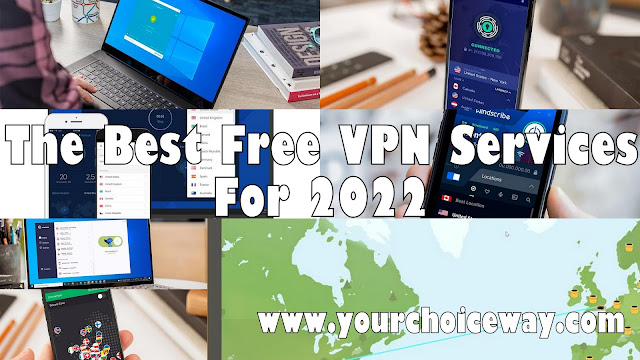

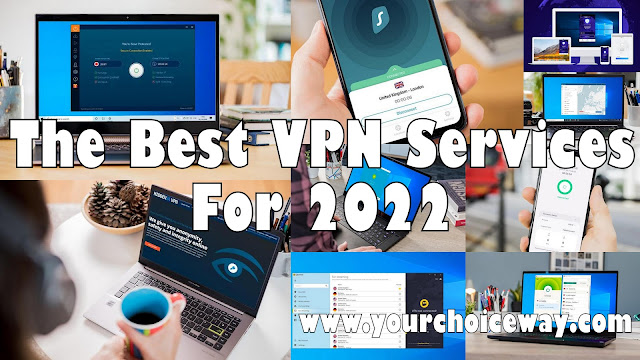


0 comments:
Post a Comment